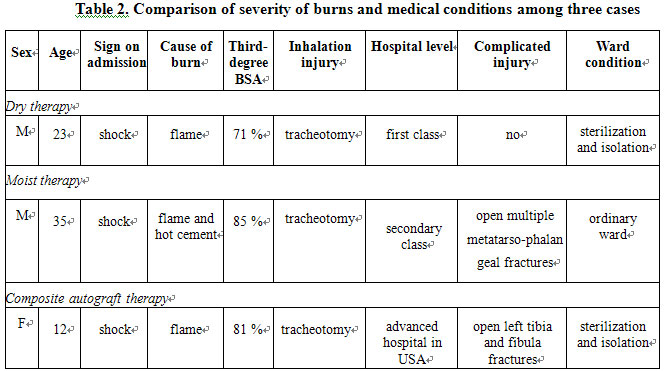Background Information of Standardized Local Treatment and S
作者:Rong Xiang Xu 出版社:KARGER 发行日期:In 2004In clinical burns treatment, as in all areas of medicine there is a ‘voltage drop’ between the rarified academic environment and the trenches of clinical practice. The clinician often cannot keep abreast of academic advances in treatment techniques. Many experienced doctors may disregard innovations preferring to stay with the ‘tried and true’. In some cases, fidelity to past protocols and maintenance of their dignity and reputation is more important than the actual therapeutic results experienced by their patients. Thus we see in medicine, as in all arenas of human commerce, an unfortunate phenomenon whereby the innovator must promote an improvement in the status quo to a temperamentally unresponsive professional audience. Rather than being accepted on their own merits, innovations are typically greeted with a cold shoulder and an unfortunate degree of suffering is visited upon patients until the paradigm shift is accomplished. Rare is the doctor who seeks out and consults an inventor about proposed improvements in clinical protocols. Even in today’s information age where theories and practices can be easily investigated, many doctors remain unable or unwilling to consider proposed improvements to conventional and outdated treatment techniques.
In order to meet this challenge and to demonstrate to medical professionals and the public the benefits of an innovation in burns treatments, this chapter will present a comparison of two groups of clinical pictures of burns patients treated either by the contemporary methods or by the burns regenerative medicine and therapy (BRT) protocols (MEBO/MEBT). These pictures compel the viewer to rise above petty loyalties to different schools of thought and to rely instead upon the desire to offer the best possible care to those suffering from burn injury. These pages invite burns doctors around the world to join the collaborative effort and further this exciting area of research and clinical care.
The author has restrained himself from commenting on the relative therapeutic effects pictured below, choosing instead for the reader to experience their merit for him/herself.
Sources of Representative Cases
Case of extensive deep burns treated by conventional surgical dry therapy (excision and skin grafting, abbr. dry therapy): A case of 71 % third-degree burns, source from a burns center standing for the international level of burns surgery. Another case with 81 % third-degree burns treated with cultured composite autograft (CCA) technology, and the data from the international journal Burns [Vol. 25, No. 8, 1999].
Extensive deep burns treated by BRT (MEBT/MEBO): A case of 85 % third-degree extensive burns treated by a burns team led by Professor Rongxiang Xu who is the inventor of this therapy, data from The Chinese Journal of Surface Burns, Wounds and Ulcers, No.3, 1997.
Severity of Burns of Three Cases
In accordance with the international classifications and standards of burn severity, 3 cases were significantly comparable. Though there are remarkable differences in medical conditions, the results revealed many more differences in therapeutic effects (table 2).

To accurately and objectively demonstrate the clinical treatment, anterior chest and face with comparable third-degree burns wounds in each case were selected for comparison. The case of composite autograft therapy serves as a reference to show the common ground and contemporary development of surgical excision and skin grafting therapy. Autografts are widely used in the standard surgical burns management and cultured composite autografts (CCA) have recently been used in the United States for skin grafting.









